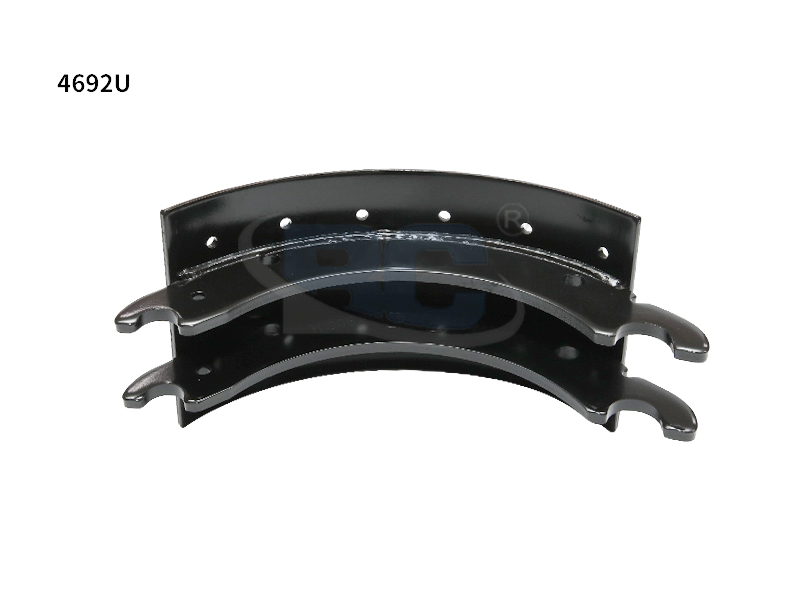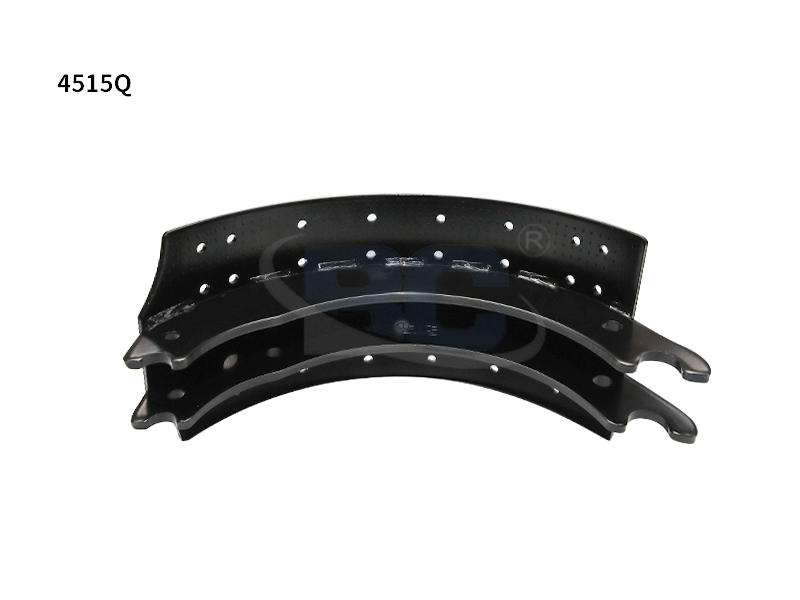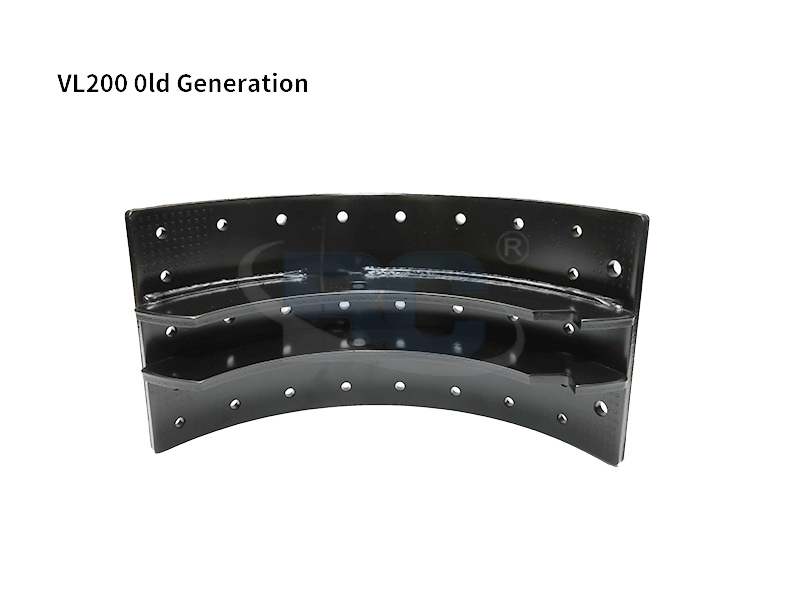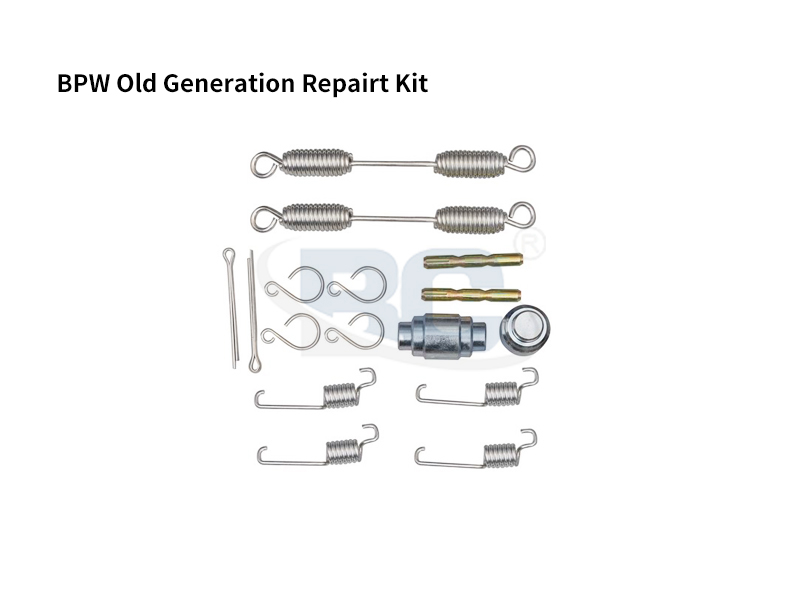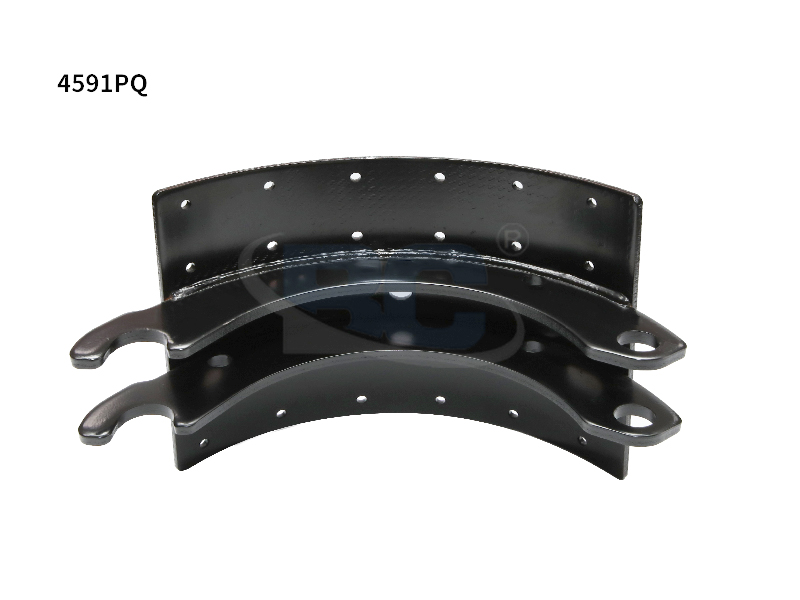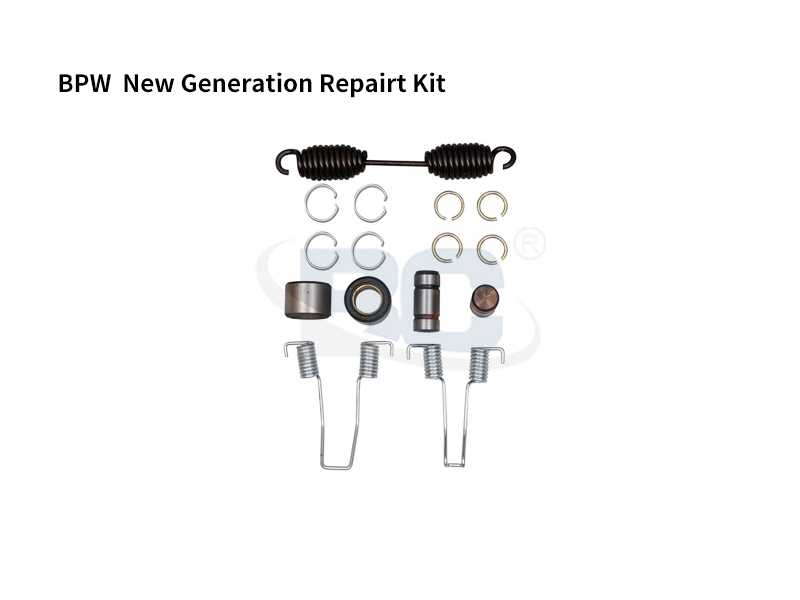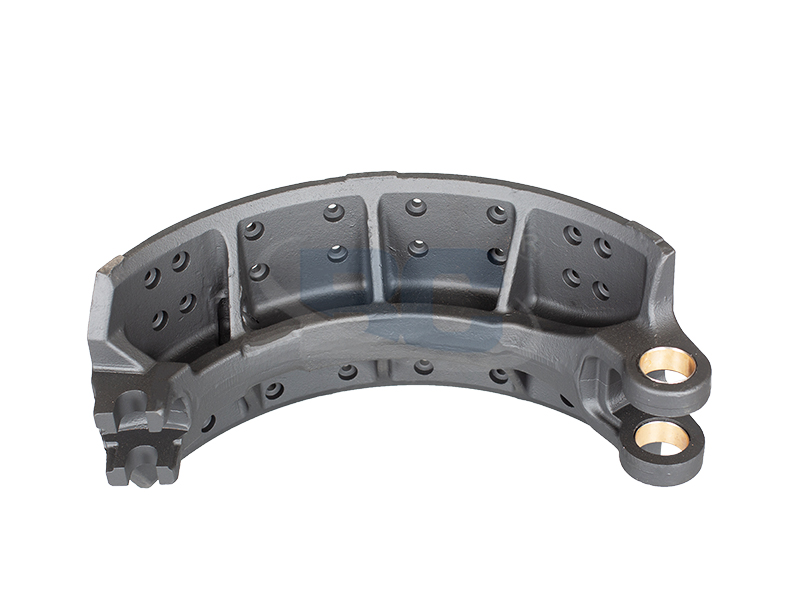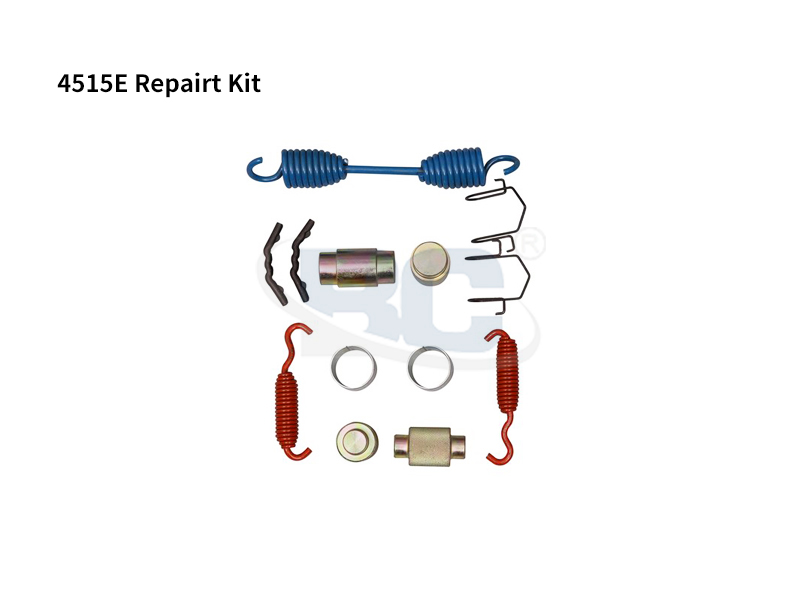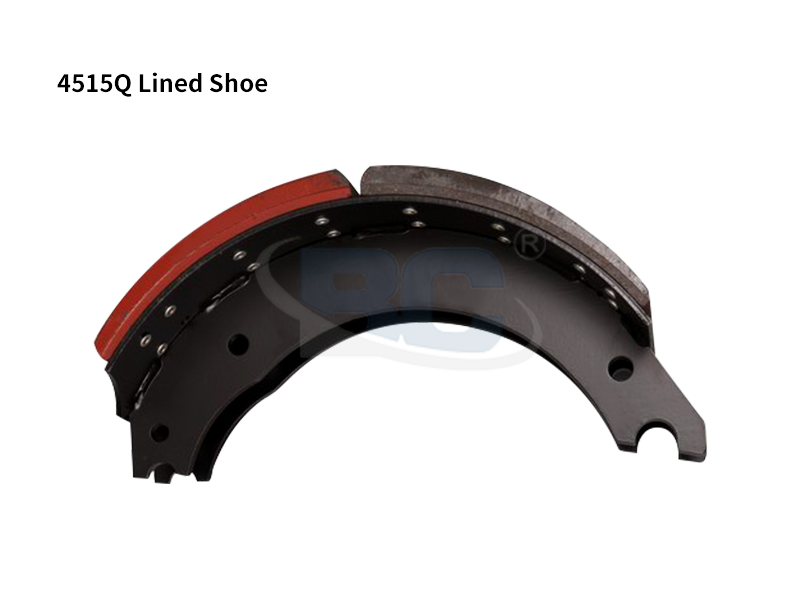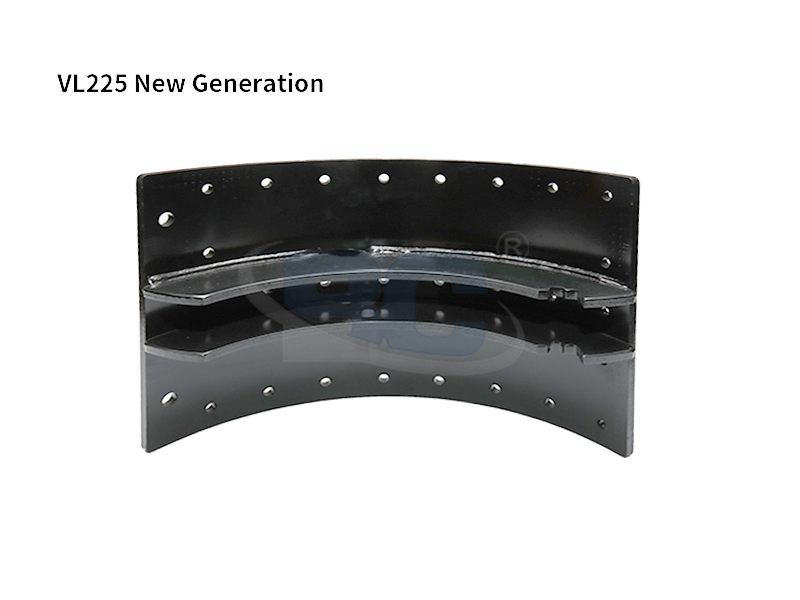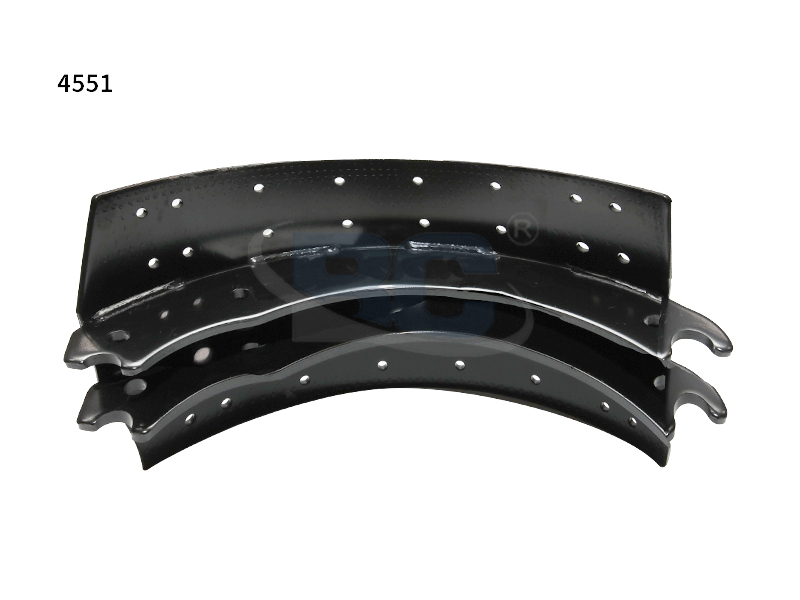If your braking system needs a replacement, you may be wondering how to go about replacing the brake lining. Brake linings are consumable surfaces used in braking systems for vehicles, machinery, and appliances. Depending on the system, they may be made from hard or soft materials. The right material for the system is important to prevent friction and accelerated wear. Brake linings can be made of different types of materials, so be sure to research what kind of material will best fit your needs.
In 1888, Bertha Benz invented the brake lining for her Benz, which was the first automobile. Over time, the brake lining evolved. In 1908, Herbert Frood developed the first asbestos brake lining. Asbestos was selected for its high tensile strength, fire resistance, and sound absorption properties. In the early 1900s, there was some scrutiny of the toxic properties of asbestos. The first asbestos-related death was recorded in 1924. By 2003, asbestos was banned for brake linings.
Another reason to replace the brake lining is to prevent expensive engine damage. If you ignore the warning signs of brake squeaking or squealing, your car may suffer from severe engine damage. In addition to squeaking, brake chatter is caused by a worn brake lining. It occurs when the brake lining grabs the rotor's surface, causing a grinding sound. The brake lining may also be contaminated, which will result in brake chatter. Brake chatter can be solved by replacing the damaged blocks or repairing the fluid.
The best type of brake lining depends on the braking performance of the vehicle. The original equipment brake linings may be insufficient for high-performance driving, racing, and hard-use applications. These applications may require a higher-grade or specialty-grade friction material that can withstand more heat without fading. Many brake suppliers recommend upgrading the lining. Do not consider downgrading if you're unsure of which type of brake lining you need.
As previously mentioned, brake linings and shoes work together to slow the vehicle down. The shoes push the brake lining against the rotor disc, which is referred to as the rotor. When the pedal is depressed, the linings and shoes close to make the needed rubbing to slow the vehicle. However, brake shoes do not have the same stopping power as brake linings. While brake shoes are the more durable option, they do not receive as much braking power as brake linings.
Unlike traditional brake pads, a brake lining's surface material must have low thermal conductivity, low coefficient of friction, and minimum fluctuation in effectiveness. These properties are important to the overall effectiveness of your brakes. If the material you choose does not meet these criteria, it will not be effective in preventing your car from getting into an accident. In addition, it will not cause your car to break down in an accident. And, it must be durable.
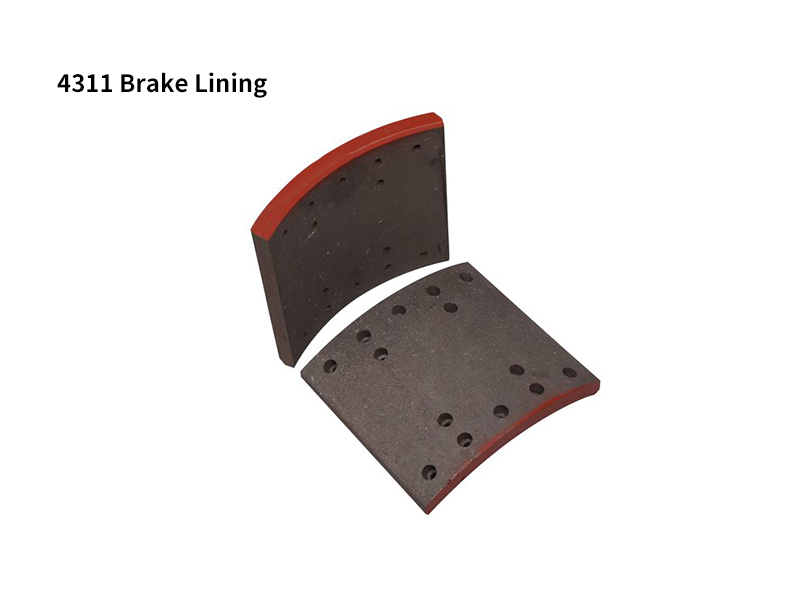

 English
English 简体中文
简体中文